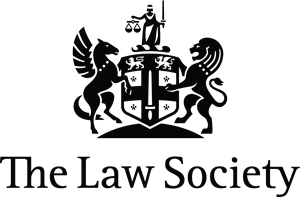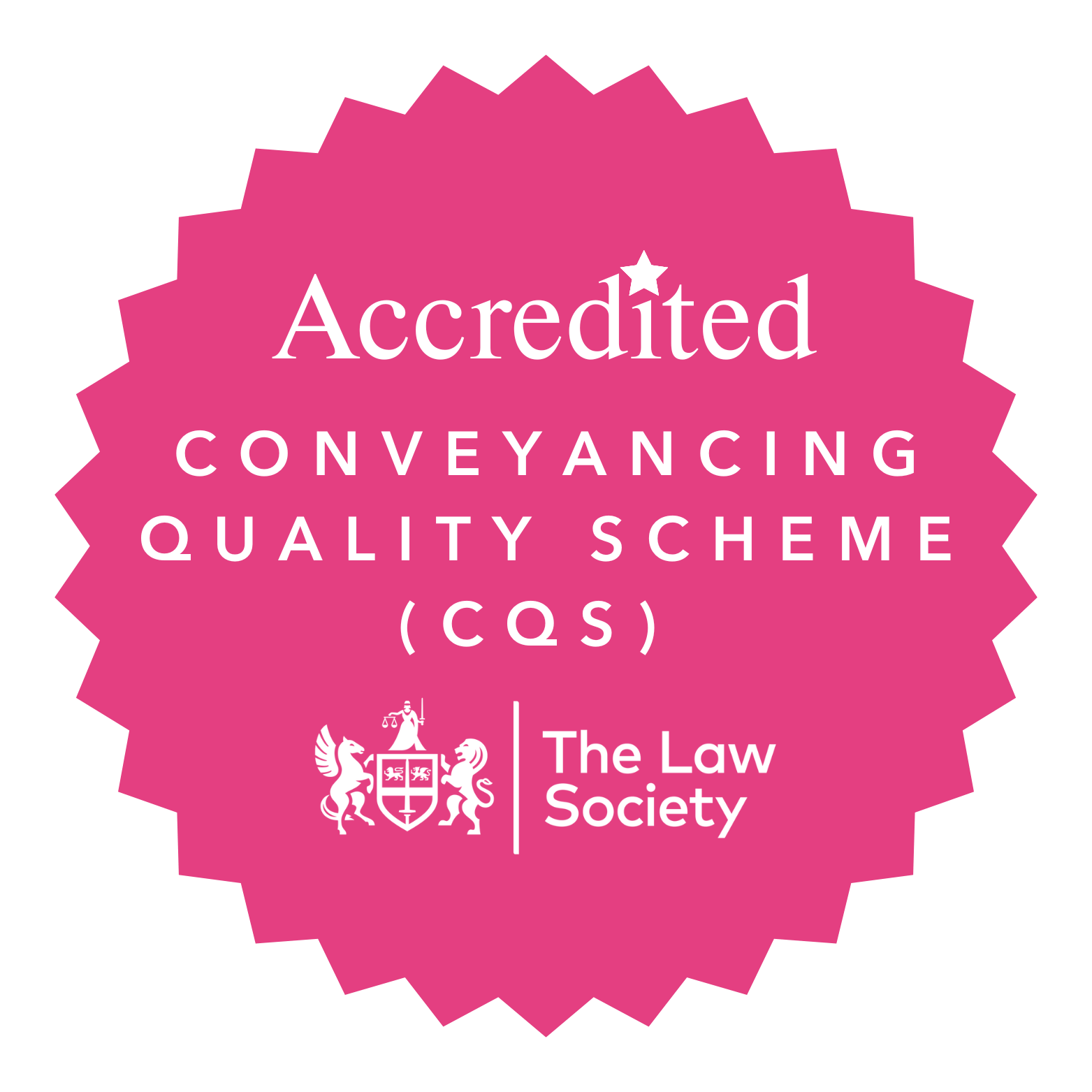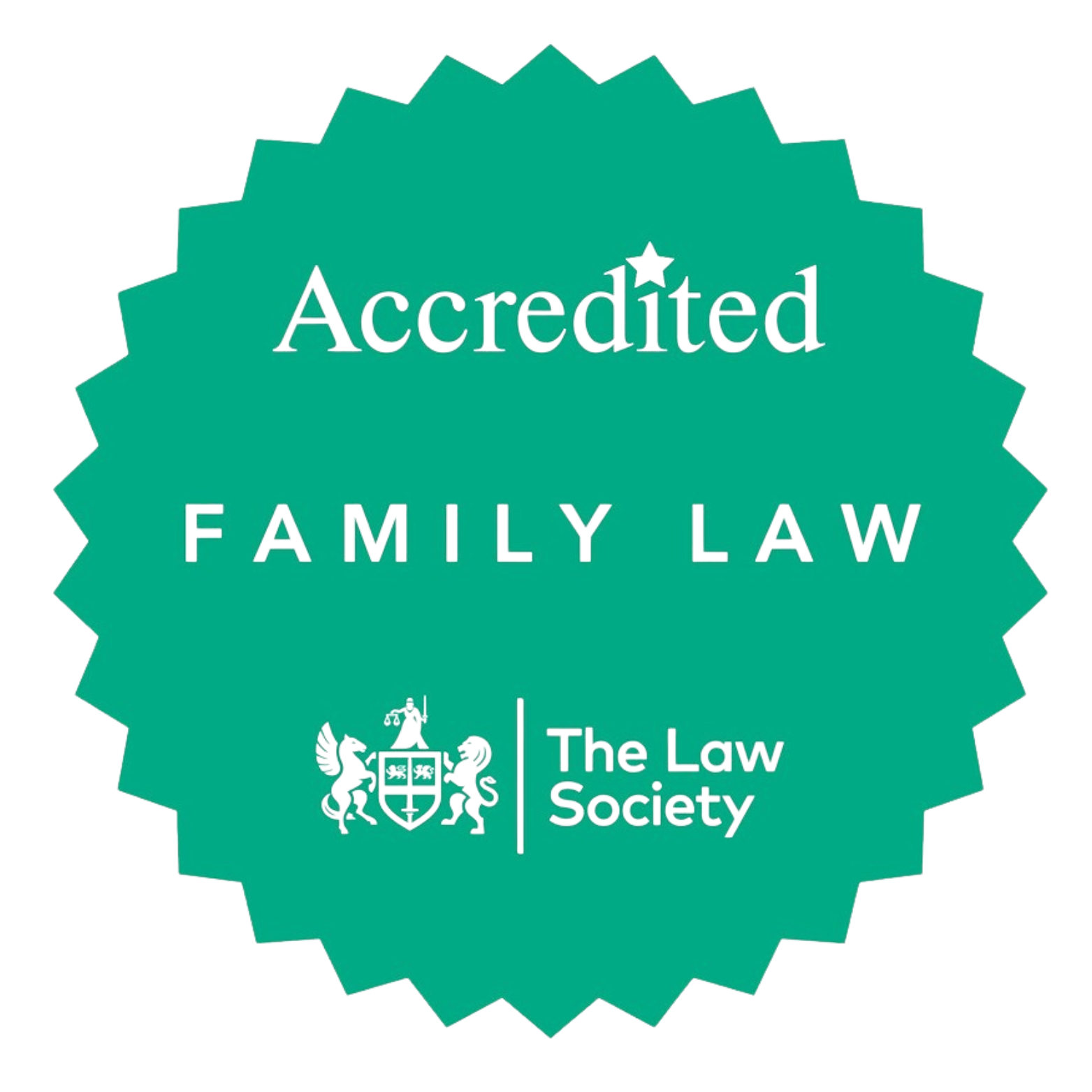
Contractual disputes are among the most prevalent types of commercial litigation. A legally enforceable agreement that outlines precise duties and responsibilities between two or more parties is called a contract. A breach occurs when one party does not carry out their share of the contract’s obligations.
Failure to Deliver: One party might not provide the products or services that were specified in the contract.
Non-Payment: A party could fail to pay for the goods or services they have received in full.
Violation of Terms: When one side doesn’t follow certain guidelines, such as timelines or quality standards, there may be a breach.
Resolution: In a dispute involving a breach of contract, the parties may pursue the following remedies:
Damages: The person who was harmed by the breach may be entitled to financial compensation for their losses.
Specific Performance: A court may, under certain circumstances, compel the party in breach to carry out the goal of the agreement.
Rescission: Either party may cancel the agreement, freeing them both from further responsibilities.
Mutual trust and common objectives serve as the foundation for many partnerships. Partnership conflicts can, however, result from disagreements. Because they frequently involve both professional and personal connections, these disagreements can be especially difficult.
Profit Sharing: Conflicts may emerge around how partners split earnings or losses.
Decision-Making Authority: Disagreements may arise concerning the course of the company or choices taken by one partner without seeking input from the others.
Withdrawal of a Partner: Disputes regarding each partner’s entitlement to the company’s debts and assets may surface when they decide to dissolve the partnership.
Resolution: Disputes in partnerships can be settled by:
Negotiation: In order to arrive at a friendly agreement, partners may hold conversations.
Mediation: Negotiations can be facilitated by an impartial third party to assist settle disputes.
Arbitration: In order to get a legally binding settlement, partners may decide to take the issue to arbitration.
A wide range of disagreements between employers and employees might be included in employment-related disputes. Allegations of discrimination, wrongful termination, unfair treatment, and other things may be at the centre of these issues.
Wrongful Termination: Workers may claim that their employment contracts were broken or that they were fired without cause.
Discrimination Claims: Workers may allege that they were subjected to discrimination on the basis of their age, gender, colour, or other protected traits.
Wage and Hour Disputes: Unpaid salaries, overtime pay, and other payment-related concerns may give rise to disputes.
Resolution: Conflicts at work can be settled in a number of ways:
Internal Grievance Procedures: Many businesses have internal procedures that allow staff members to voice issues.
Negotiation: Settlements can be negotiated by employers and employees to resolve disputes.
Litigation: Parties may take legal action to settle their issues if talks are unsuccessful.
Intellectual property (IP) protection becomes crucial as companies innovate and produce new goods. When one party feels that its intellectual property rights have been violated or improperly used, disputes may result.
Patent Infringement: When someone sells or utilises a patented invention without authorisation, disputes might occur.
Trademark Disputes: Unauthorised use of trademarks or branding that could mislead customers could lead to conflicts.
Copyright Infringement: Unauthorised usage of creative works, including software, music, and literature, can give rise to disputes.
Resolution: Conflicts over intellectual property can be complicated and frequently involve:
Negotiation: Parties can negotiate over settlements or licensing contracts.
Litigation: If there has been a serious infringement, parties may file a lawsuit to defend their rights.
Alternative Dispute Resolution (ADR): You can use arbitration or mediation to settle disagreements without going to court.
Various consumer protection regulations that are intended to protect customers from unfair business activities must be complied with by businesses. When customers feel that a company has misled them or injured them, disputes may result.
False Advertising: Customers may complain that a company advertised its goods or services in an inaccurate manner.
Defective Products: Conflicts may occur when customers sustain harm or losses as a result of dangerous or faulty goods.
Unfair Trade Practices: Customers may file complaints under consumer protection rules if they believe that a company’s practices are unfair or misleading.
Resolution: Disputes regarding consumer protection may be settled by:
Complaints to Regulatory Authorities: Customers can register complaints with the government organisations in charge of consumer protection.
Negotiation and Settlements: Negotiations are a useful tool for businesses to settle conflicts and prevent lawsuits.
Litigation: Customers who sustain injuries or suffer damages may file a lawsuit to recover damages.
Conflicts between shareholders and management can occur in closely owned or publicly traded firms. Diverse topics might give rise to shareholder disputes, such as differences regarding financial performance and corporate governance.
Mismanagement Allegations: It is possible for shareholders to accuse management of mismanaging business resources or of acting against the interests of shareholders.
Voting Rights Disputes: Voting rights and processes for shareholders may give rise to conflicts.
Dividends and Financial Disputes: Conflicts might arise about financial reporting and dividend distributions.
Resolution: Disputes between shareholders can be settled by:
Negotiation: Management and shareholders might hold talks to resolve complaints.
Mediation: In order to promote talks and arrive at a conclusion, a neutral mediator can assist.
Litigation: Legal action may be taken by shareholders against management for fiduciary responsibility violations.
For businesses to efficiently manage the complexities of the legal landscape, it is essential that they have a basic understanding of the common sorts of commercial conflicts. Businesses should put plans in place to reduce risks and safeguard their interests by identifying potential issues such as how to resolve partnership and contract disputes in business, employment conflicts, intellectual property challenges, consumer protection concerns, and shareholder disagreements. Effective communication, well-drafted contracts, and dispute resolution procedures are examples of proactive steps that can reduce the risk of conflicts developing in the first place. The presence of competent legal counsel to assist firms in the settlement process can be crucial in attaining favourable results and preserving operational stability in the event that conflicts arise.
Copyright © 2025 Adam Bernard Solicitors. This Firm is Authorised & Regulated by the Solicitors Regulation Authority SRA NO: 598171, 656730.





